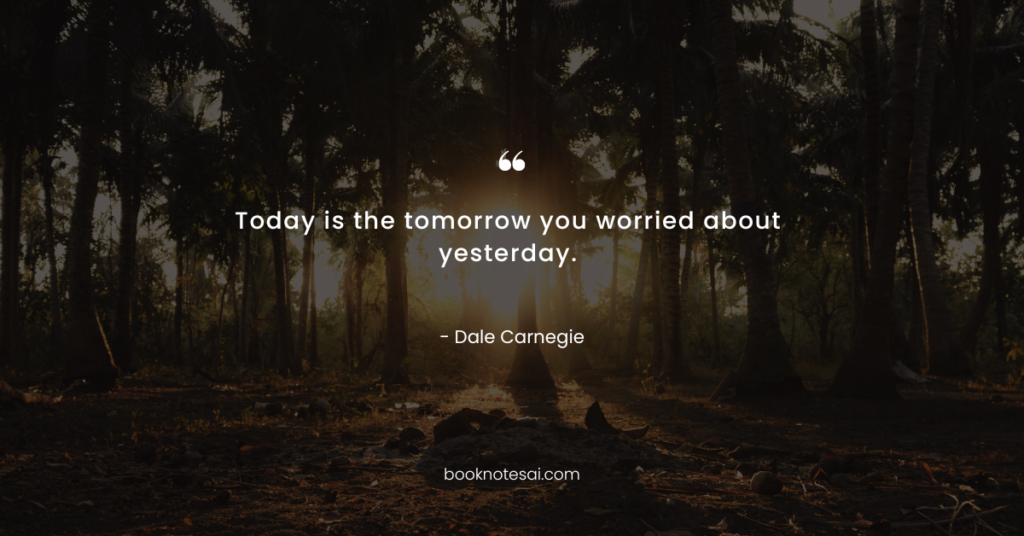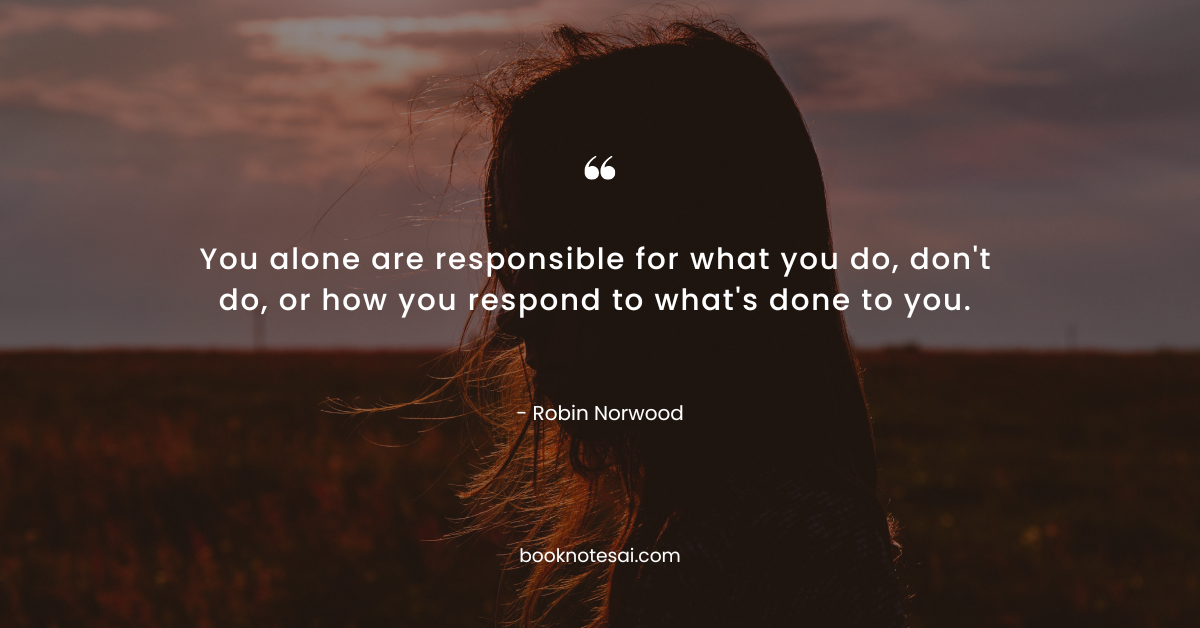Listen To This Post
How to Stop Worrying and Start Living Summary: Time-Tested Techniques for a Stress-Free Life.

This is a book summary for How to Stop Worrying and Start Living by Dale Carnegie. The essential information is structured to be practical, clear, and really helpful, while also saving you a bunch of time.
Introduction: Why this book?
- In How to Stop Worrying and Start Living, Dale Carnegie delves into timeless strategies for alleviating stress and finding inner peace.
- With practical advice and real-life examples, Carnegie provides invaluable insights into overcoming worry and living a fulfilling life.
How to Stop Worrying and Start Living Summary:
- Dale Carnegie emphasizes the importance of living in the present moment and avoiding unnecessary stress over past or future events.
- He advocates for tackling worry head-on by identifying the root cause of anxiety and taking decisive action to address it.
- Carnegie underscores the significance of maintaining a positive mental attitude and cultivating a resilient mindset in the face of adversity.
- He explores the power of acceptance and adaptation, urging readers to embrace change and focus on what they can control.
- Through anecdotes and practical exercises, Carnegie empowers readers to take charge of their thoughts and emotions, leading to a more fulfilling and worry-free existence.
💡 5 Big Ideas
- Living in the Present: Carnegie emphasizes the importance of focusing on the present moment, as worrying about the past or future only leads to unnecessary stress.
By practicing mindfulness and staying grounded in the here and now, we can experience greater peace and contentment. - Taking Control: Rather than allowing worry to consume us, Carnegie encourages taking proactive steps to address our concerns.
By identifying the source of our worries and taking decisive action, we regain a sense of control over our lives. - Maintaining a Positive Attitude: Cultivating a positive mental attitude is essential for overcoming adversity and navigating life’s challenges.
By choosing optimism and reframing negative thoughts, we can foster resilience and emotional well-being. - Embracing Change: Change is inevitable, and learning to adapt is key to living a fulfilling life.
Instead of resisting change, Carnegie suggests embracing it as an opportunity for growth and personal development. - Mindful Acceptance: Acceptance does not mean resignation but rather acknowledging reality and making peace with it.
By practicing mindful acceptance, we free ourselves from unnecessary suffering and open ourselves up to new possibilities.
In essence, Carnegie’s big ideas revolve around living mindfully, taking control of our thoughts and actions, maintaining a positive attitude, embracing change, and practicing acceptance. By embodying these principles, we can lead happier, more fulfilling lives.
Powerful Quotes
- “Our fatigue is often caused not by work, but by worry, frustration, and resentment.”
This quote highlights the detrimental effects of worry on our well-being, emphasizing the importance of managing our emotions effectively. - “Cooperate with the inevitable.”
Carnegie urges us to accept the realities of life and work with them rather than against them, promoting a mindset of adaptability and resilience. - “You can conquer almost any fear if you will only make up your mind to do so.”
This quote underscores the power of determination and mindset in overcoming fear and adversity. - “Most of the things we worry about never happen.”
Carnegie reminds us that much of our worry is unfounded, urging us to focus our energy on productive endeavors rather than fretting over hypothetical scenarios. - “Live in day-tight compartments.”
By focusing on the present moment and taking life one day at a time, we can alleviate the burden of worry and experience greater peace of mind. - “Our trouble is not ignorance, but inaction.”
Carnegie encourages us to take decisive action in addressing our challenges, emphasizing the importance of initiative and perseverance. - “Count your blessings—not your troubles.”
Cultivating an attitude of gratitude allows us to shift our focus from what’s lacking to what’s abundant in our lives, fostering a sense of contentment and fulfillment. - “It isn’t what you have or who you are or where you are or what you are doing that makes you happy or unhappy. It is what you think about it.”
Our perception shapes our reality, and by cultivating a positive mindset, we can find happiness and fulfillment in any circumstance. - “Remember, happiness doesn’t depend upon who you are or what you have; it depends solely upon what you think.”
Happiness is a choice, and by choosing to focus on the positive aspects of life, we can experience greater joy and fulfillment. - “Today is the tomorrow you worried about yesterday.”
Carnegie reminds us of the futility of worrying about the future, encouraging us to focus on the present moment and make the most of each day.
One Reason To Read This Book:
Discover proven techniques for overcoming worry and living a more fulfilling, stress-free life.
Who should I recommend How to Stop Worrying and Start Living summary to?
If you struggle with anxiety or find yourself overwhelmed by worry, this summary is for you.
Whether you’re a student, professional, parent, or retiree, Carnegie’s timeless wisdom offers practical strategies for navigating life’s challenges with grace and resilience.
Recommendations:
- “The Power of Now” by Eckhart Tolle: Explore mindfulness and living in the present moment.
- “Mindset: The New Psychology of Success” by Carol S. Dweck: Learn about the power of mindset in shaping our lives and achieving success.
- “The Subtle Art of Not Giving a F*ck” by Mark Manson: Discover unconventional wisdom for living a meaningful life on your own terms.
This summary serves as a complimentary guide to the reviewed title How to Stop Worrying and Start Living, offering key insights. For a deeper understanding, we encourage you to explore the full book.


